Insulin and Diabetes
This year marked 101 years since the discovery of insulin; one of the most remarkable and life-saving discoveries in medicine to date. The use of insulin has undoubtedly changed the lives of those born with Type 1 Diabetes and saved their loved ones the heartache. However, the use of insulin and other hypoglycemic drugs is increasing because of the increase in population of those with Type 2 Diabetes; to a level where many medical professionals are considering this condition an epidemic.
In 2019, the Diabetes Canada Association released data stating that 1 in 3 Canadians are living with diabetes or prediabetes; less than half of these individuals are aware of the risks and complications that exist with these diagnoses, such as stroke and heart disease [1]. Type 2 Diabetes accounts for 90-95% of all diabetes cases, and the numbers are increasing in children as the importance of physical activity and a nutrient-dense diet decreases [1]. Although the presence of certain genes may indicate an increased risk, we need to understand that Type 2 Diabetes is a preventable disease and that its surge in society correlates with a surge in obesity, smoking, and sedentary lifestyles.

Cordyceps to Support the Function of Pancreas and Maintain Healthy Blood Sugar
Insulin is a hormone created by our pancreas that controls the level of glucose (i.e., sugar) in our blood streams. The mechanism of Type 2 Diabetes (T2DM) development is rooted in defects of insulin secretion and insulin resistance which can impair how glucose is used in the body and result in hyperglycemia (increased blood sugar) [2]. Long-term, this can lead to many negative side effects including cardiovascular disease, nerve and kidney damage, vision impairment, even problems with our bones and joints. Cordyceps militaris, or just Cordyceps, is a funny-looking fungi with amazing benefits. Its abilities range from its anti-cancer effects to improving respiratory health in those with asthma and COPD. However, it also carries antioxidant and hypoglycemic properties which have been studied to improve outcomes in those with T2DM.
One study found that the polysaccharides extracted from Cordyceps led to decreased levels of serum lipids (total cholesterol, HDL, LDL, and triglycerides), lipid peroxidation, and blood glucose levels [2]. It also improved the severity of insulin resistance, and lessened the damage found on the liver, kidneys, and pancreas [2]. Overall, Cordyceps seems to have lessened cardiovascular risk, improved the functioning of the pancreas (whose main purpose is to maintain healthy blood sugar levels), and improved the response of the body’s muscles, fat, and liver to insulin.
The Benefits of Cordyceps and Kidney Function
Although the previous study focused on extracts of acidic polysaccharides from Cordyceps, other research found that the fruiting body of Cordyceps mushroom was able to lessen hyperglycemia when compared to the control groups receiving placebo [3]. The mechanism by which Cordyceps may be accomplishing this is through its ability to promote glucose metabolism and suppress cholesterol and triglyceride levels in the serum, much like the common T2DM drug, Metformin [4]. Additionally, because of its inhibitory effects on several markers of kidney function, it has also illustrated the ability to protect against kidney damage [4]. With this information, there exists a potential use of Cordyceps supplements as a preventative measure, immune support, and/or treatment for T2DM; especially in those with increased risk for development of the condition.

Tremella for Improved Immune Response
Tremella fuciformis, also known as Snow Fungus, is commonly associated with improving skin health (keeping our skin hydrated!) and appearance due to its hydrating, antioxidant, and anti-aging abilities. However, much like all medicinal mushrooms, its versatility knows no bounds. Tremella’s fruiting bodies contain an acidic polysaccharide studied to hold hypoglycemic activity that may be beneficial in T2DM [5]. Tremella was found to lower the level of glycogen in the liver, which is a form of glucose that is stored and whose accumulation tends to occur in those with poorly controlled type 1 and type 2 diabetes [5]. Additionally, in individuals with impaired glucose tolerance, Tremella has been found to improve immune responses, making it beneficial as an adjunct to treatment since countless research has suggested that those with T2DM have altered immune function [6].
Although there will always be a time and place for pharmaceuticals and invasive practices, natural alternatives are consistently increasing in popularity for a variety of medical conditions; this is especially notable when it concerns preventative medical practices. When using natural medicines, including tremella mushrooms extracts, we are often benefitting multiple bodily systems and improving our health as a whole, rather than targeting condition-specific signs and symptoms. When we remember that prevention is the best medicine, we give ourselves greater autonomy over our bodies and how we will spend our time on this earth. Medicinal mushroom supplements are powerful healing compounds that have the potential to hold a spot in anyone’s medicine cabinet!
By Silvana Jakupovic — BSc and 4th Year Student of Naturopathic Medicine (CCNM-Boucher)
[1] One in three Canadians is living with diabetes or prediabetes, yet knowledge of risk and complications of disease remains low. DiabetesCanadaWebsite. (n.d.). Retrieved October 30, 2022, from https://www.diabetes.ca/media-room/press-releases/one-in-three-canadians-is-living-with-diabetes-or-prediabetes,-yet-knowledge-of-risk-and-complicatio
[2] Huajie Zhao, Qiangqiang Lai, Jianjun Zhang, Chunyan Huang, Le Jia, "Antioxidant and Hypoglycemic Effects of Acidic-Extractable Polysaccharides from Cordyceps militarison Type 2 Diabetes Mice", Oxidative Medicine and Cellular Longevity, vol. 2018, Article ID 9150807, 15 pages, 2018.
[3] Lo HC, Tu ST, Lin KC, Lin SC. The anti-hyperglycemic activity of the fruiting body of Cordyceps in diabetic rats induced by nicotinamide and streptozotocin. Life Sci. 2004 Apr 23;74(23):2897-908. doi: 10.1016/j.lfs.2003.11.003. PMID: 15050427.
[4] Dong Y, Jing T, Meng Q, Liu C, Hu S, Ma Y, Liu Y, Lu J, Cheng Y, Wang D, Teng L. Studies on the antidiabetic activities of Cordyceps militaris extract in diet-streptozotocin-induced diabetic Sprague-Dawley rats. Biomed Res Int. 2014;2014:160980. doi: 10.1155/2014/160980. Epub 2014 Mar 11. PMID: 24738047; PMCID: PMC3967809.
[5] Kiho T, Tsujimura Y, Sakushima M, Usui S, Ukai S. [Polysaccharides in fungi. XXXIII. Hypoglycemic activity of an acidic polysaccharide (AC) from Tremella fuciformis]. Yakugaku Zasshi. 1994 May;114(5):308-15. Japanese. doi: 10.1248/yakushi1947.114.5_308. PMID: 8014840.
[6] Hsu TH, Lee CH, Lin FY, Wasser SP, Lo HC. The Fruiting Bodies, Submerged Culture Biomass, and Acidic Polysaccharide Glucuronoxylomannan of Yellow Brain Mushroom Tremella mesenterica Modulate the Immunity of Peripheral Blood Leukocytes and Splenocytes in Rats with Impaired Glucose Tolerance. J Tradit Complement Med. 2014 Jan;4(1):56-63. doi: 10.4103/2225-4110.124347. PMID: 24872934; PMCID: PMC4032843.


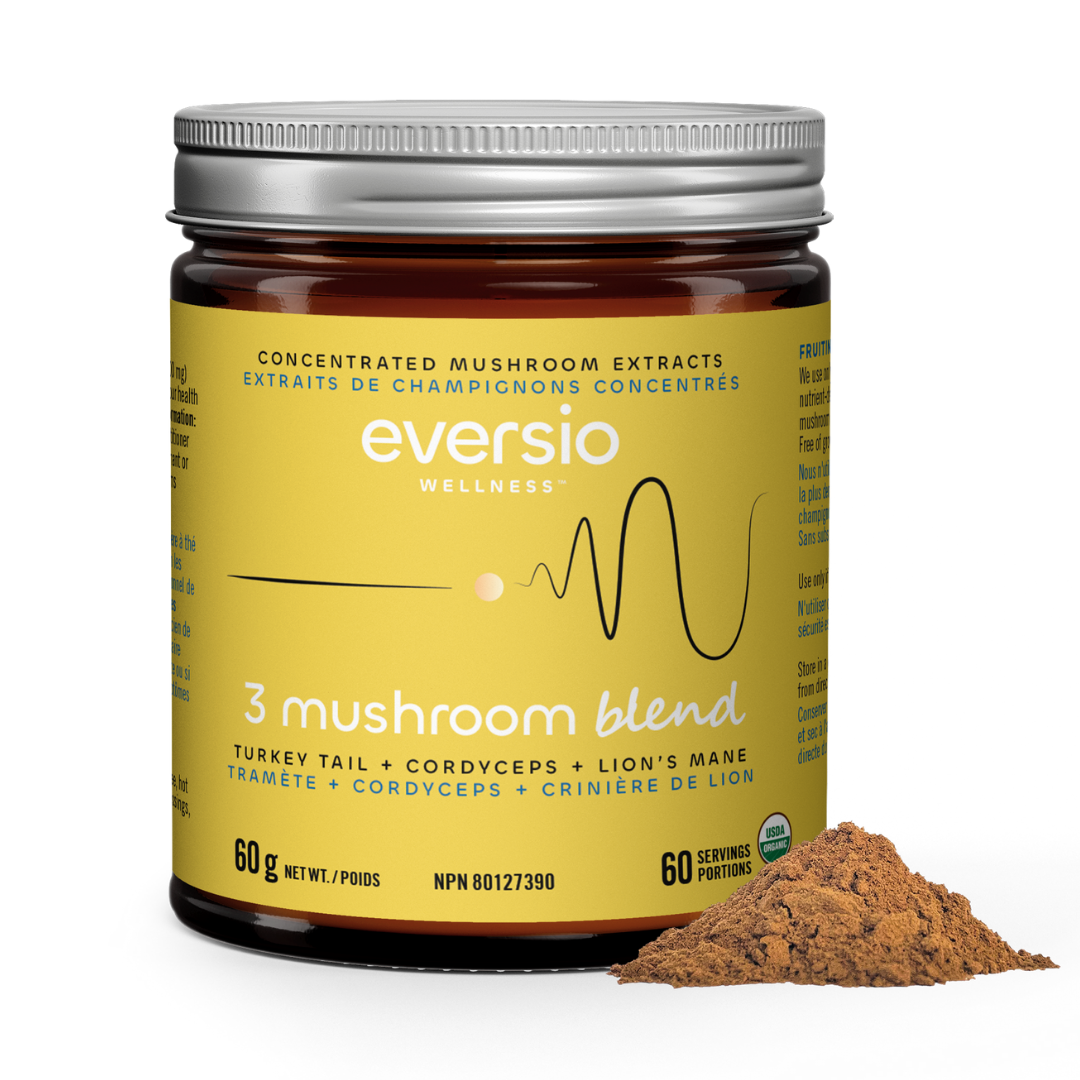
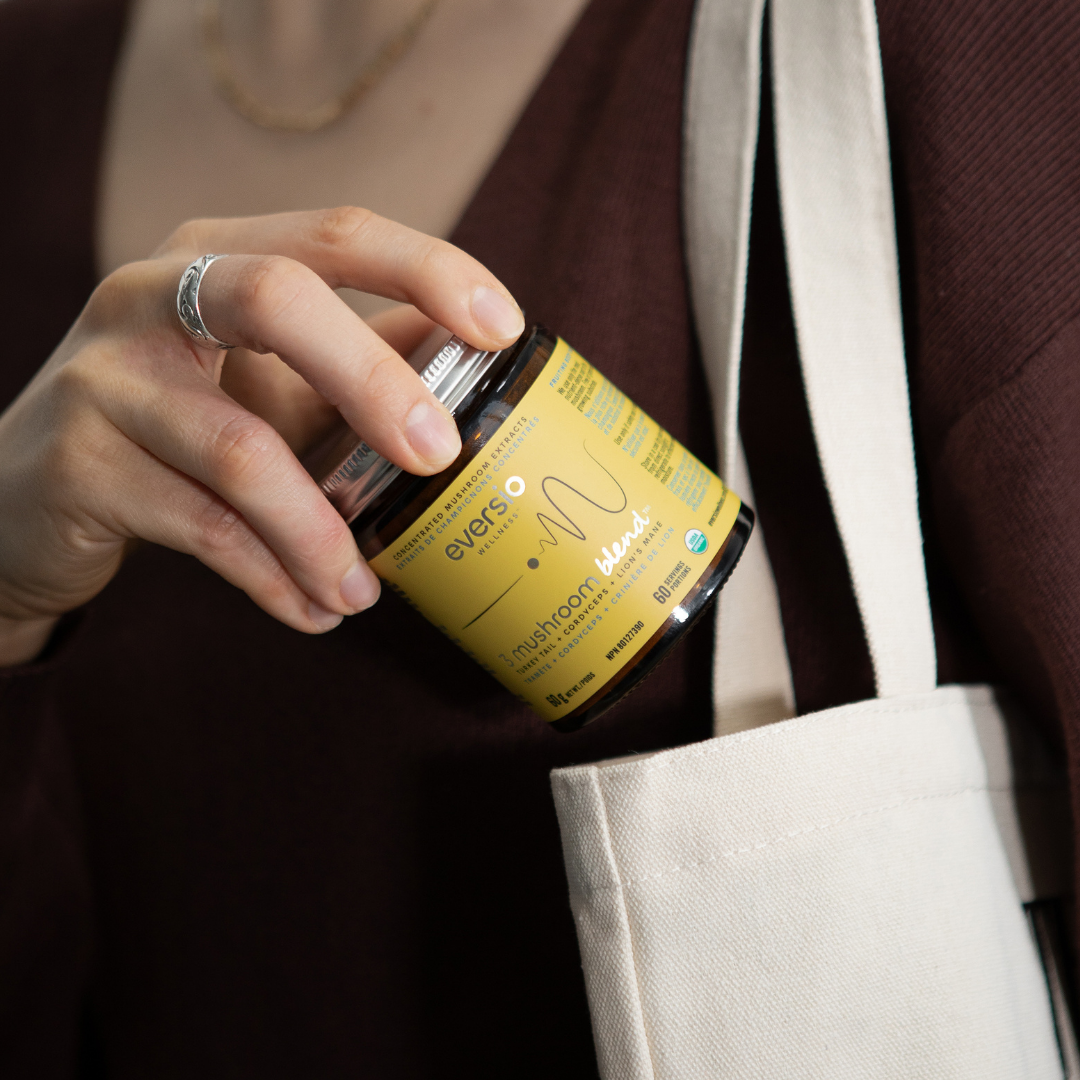
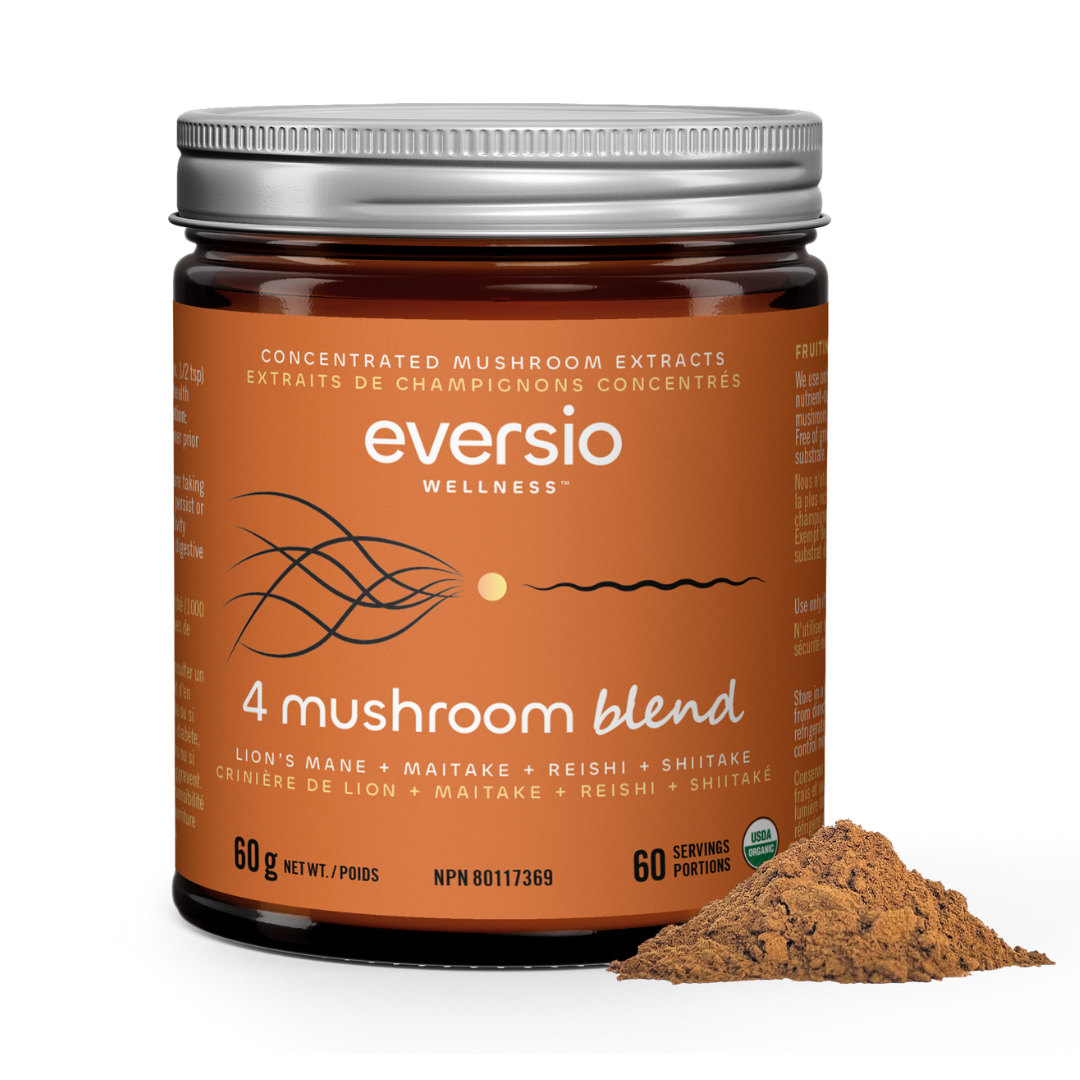
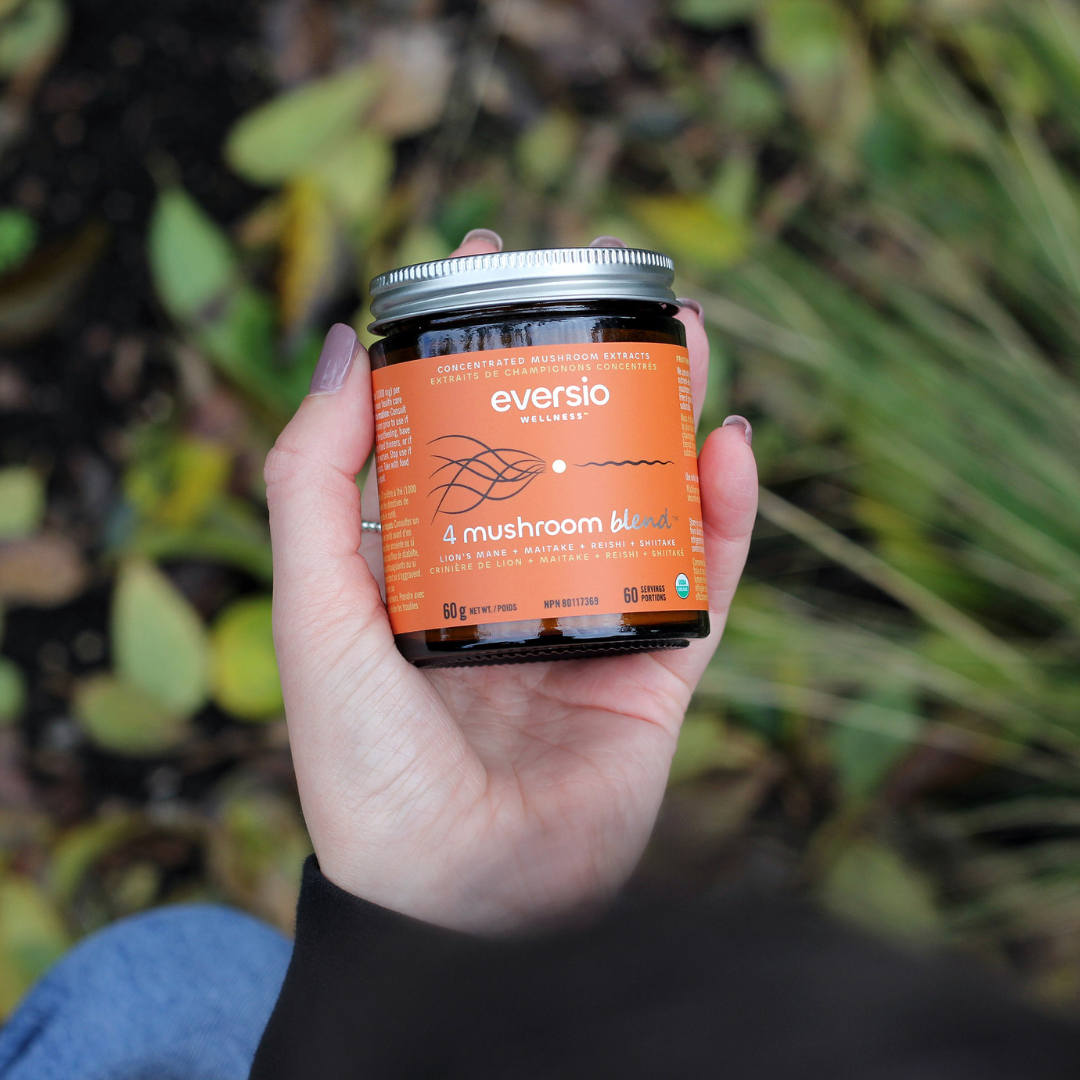
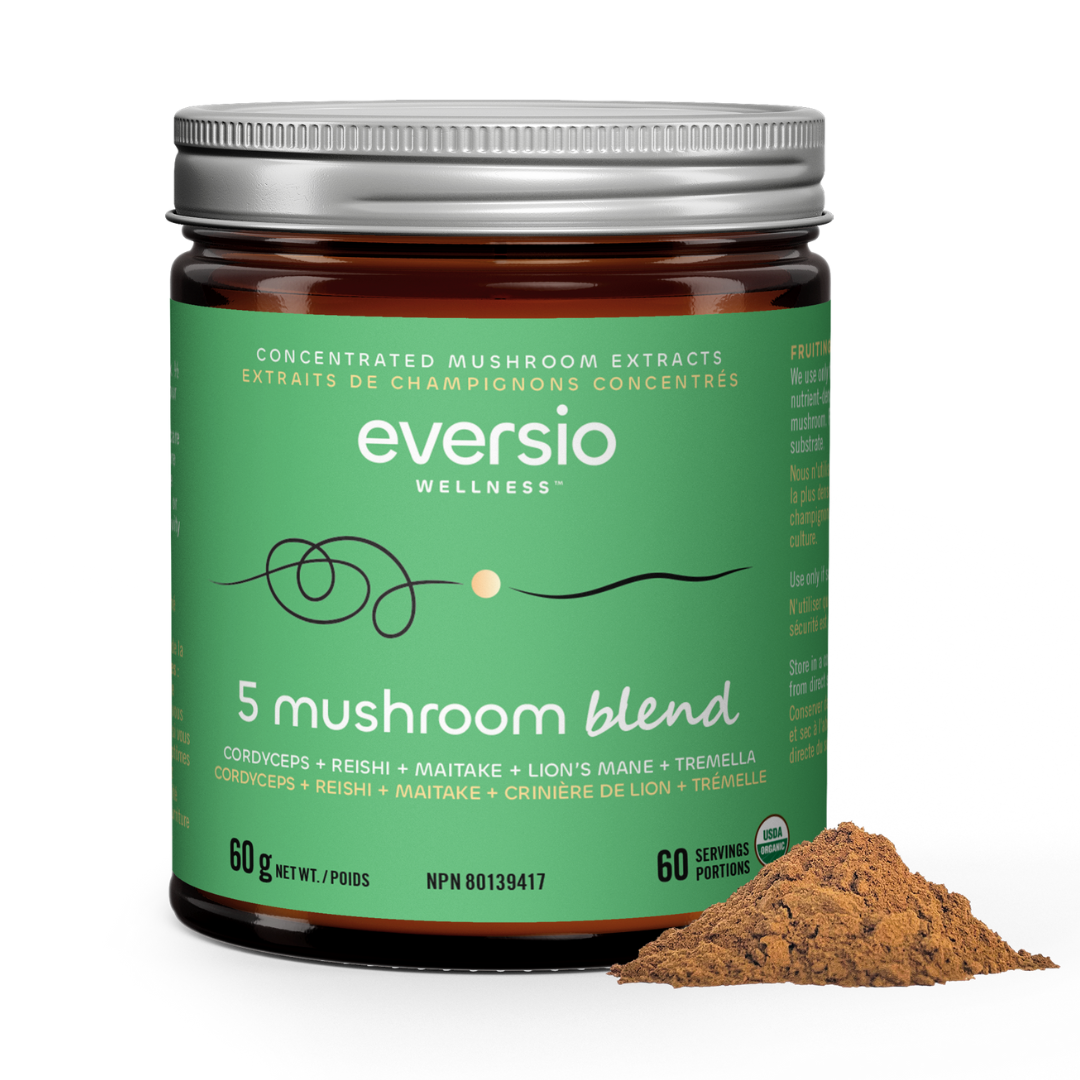

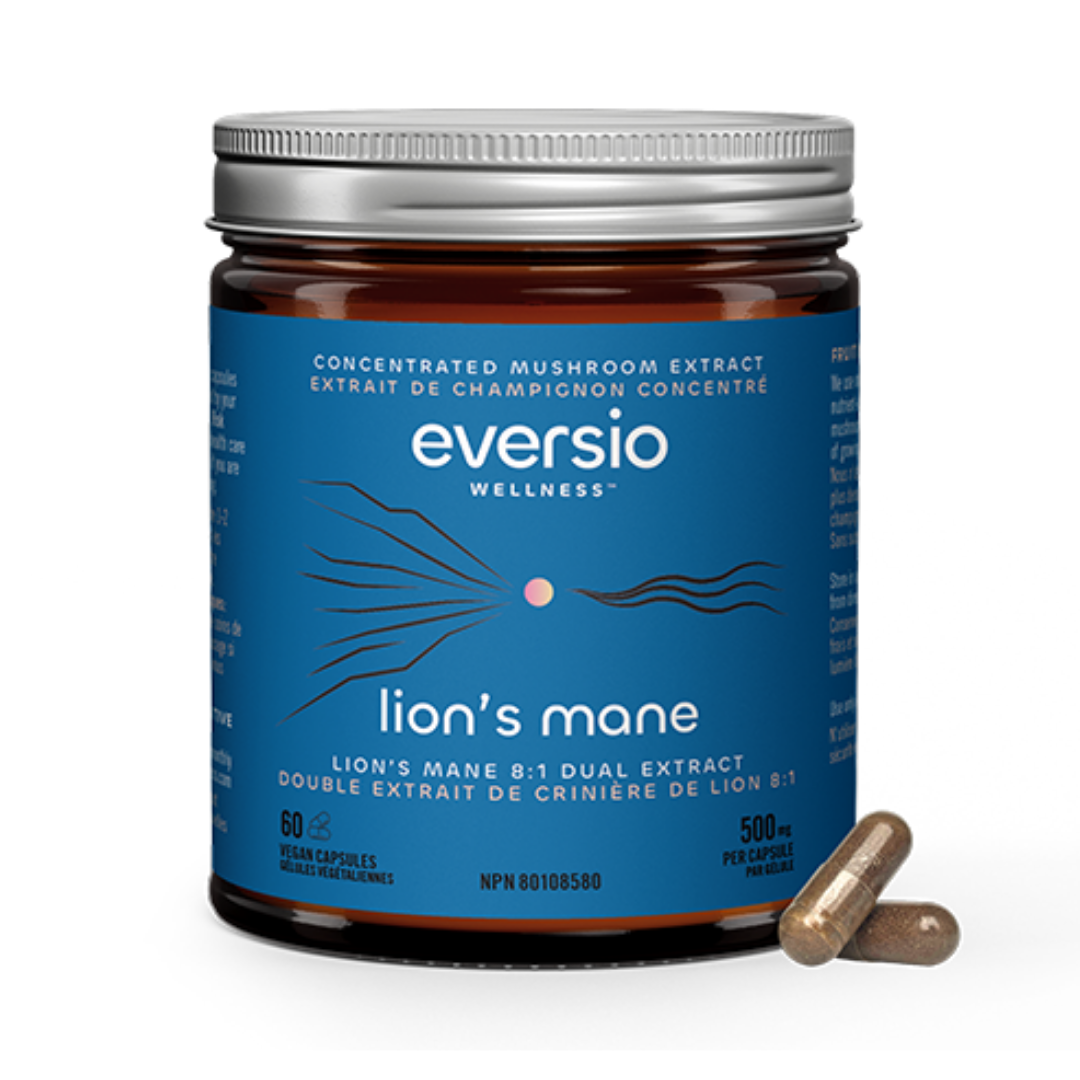

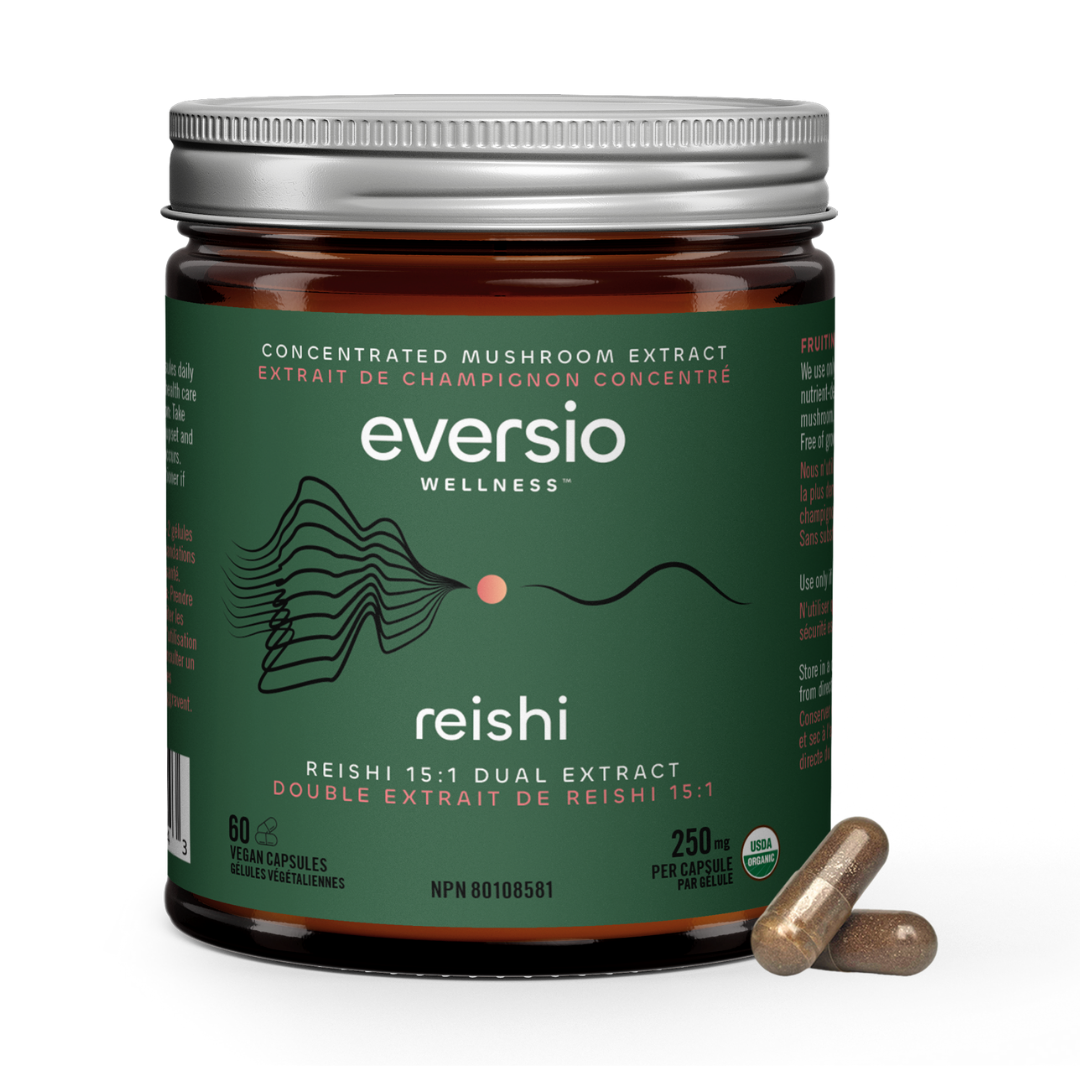









Leave a comment
All comments are moderated before being published.
This site is protected by hCaptcha and the hCaptcha Privacy Policy and Terms of Service apply.